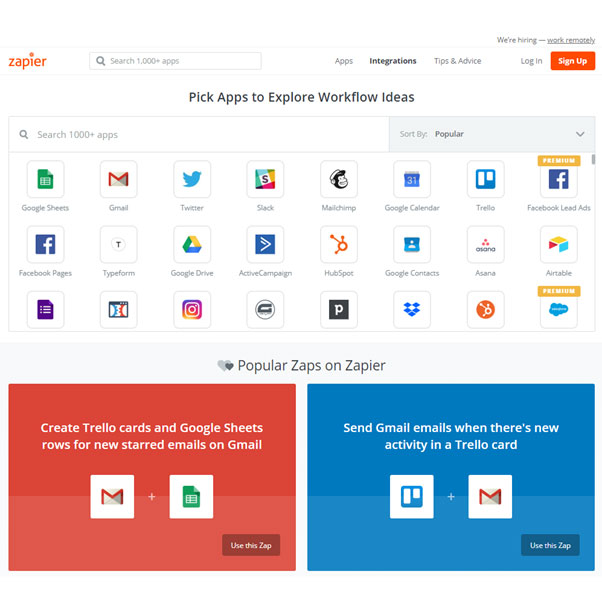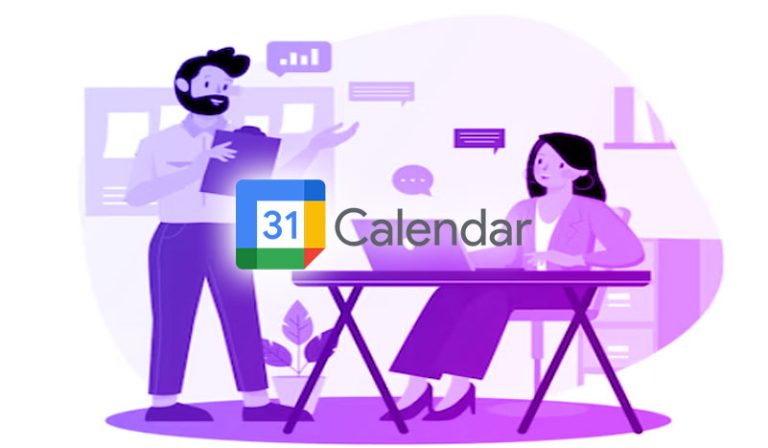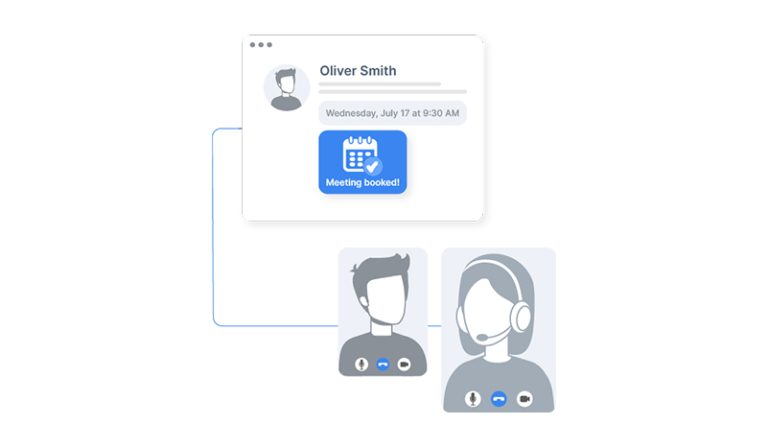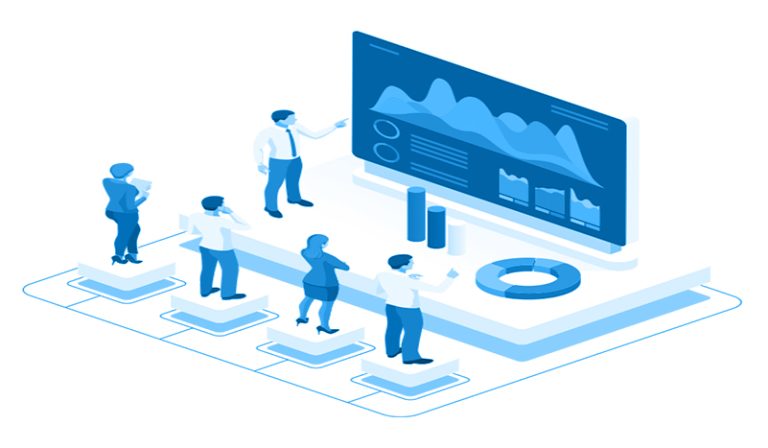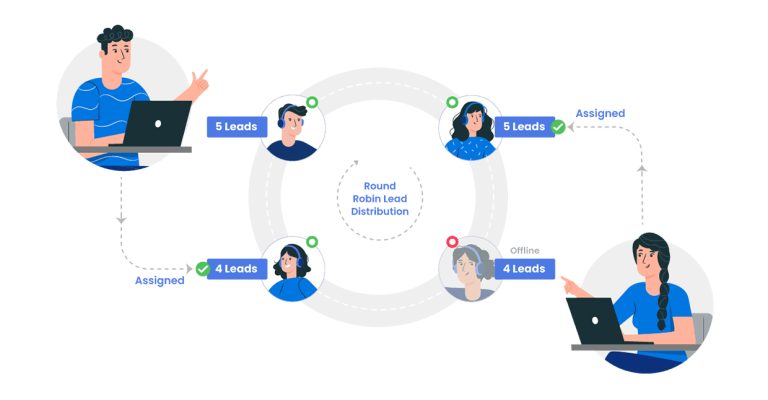Inbound scheduling automation, how this emerging technology speeds up sales opportunities
Inbound Scheduling Automation is a process that is used to fasten the scheduling of a meeting, from when the prospect inquires through a digital channel to booking a scheduled meeting.
What companies have been doing is manually emailing prospects that have inquired, back and forth, over a period that can take weeks or even months, just to set up that first meeting. Companies are signing up to use QikChat and moving away from this very inefficient method as it can cost the company the sale of the products or services.
Check out a further breakdown of QikChat here.
If you’re not ready to read the breakdown of QikChat from the link above, no worries! Just keep reading and we’ll walk you through how you can reduce your speed to lead times like never before.
What is inbound scheduling automation?
Inbound scheduling automation refers to the use of technology to automate the scheduling process for inbound leads or prospects. It typically involves the use of an online scheduling tool that integrates with a company’s website or other marketing channels to allow potential customers to book appointments or meetings with sales or customer service representatives.
With inbound scheduling automation, companies can offer a streamlined scheduling process to their customers, improving their experience and reducing the amount of time and effort required to schedule appointments. The technology can also help to reduce scheduling errors and missed appointments, as it sends out automatic reminders to both the company and the customer.
Inbound scheduling automation can be particularly useful for companies that receive a high volume of inbound leads or have complex scheduling requirements. By automating the scheduling process, companies can free up resources and focus on other aspects of their business, such as lead generation and customer service.
Benefits of inbound Automated Scheduling
There are several benefits to using inbound automated scheduling for businesses:
1. Improved customer experience: By allowing customers to easily schedule appointments at their convenience, businesses can provide a better customer experience.
2. Increased productivity: Automated scheduling saves time for both customers and businesses by eliminating the need for back-and-forth communication to schedule appointments. This can help businesses to be more productive and efficient.
3. Reduced no-shows: Automated scheduling sends reminders to customers before their appointments, reducing the likelihood of missed appointments.
4. Better resource allocation: Automated scheduling allows businesses to allocate resources more effectively by optimizing schedules and reducing scheduling conflicts.
5. Improved data collection: Automated scheduling tools can collect data on customer preferences, appointment types, and other metrics, providing valuable insights that businesses can use to improve their operations.
6. Customization: Automated scheduling tools allow businesses to customize their scheduling process with branding elements, scheduling rules, and other preferences.
Overall, inbound automated scheduling can help businesses to streamline their scheduling process, improve the customer experience, and increase productivity, ultimately leading to better business outcomes.
Why your team, no matter the size, needs Inbound Scheduling Automation
“Automation”, another technology buzzword being thrown around in so many software products. With so many products claiming to have this as part of its core value proposition, it’s understandable that people make assumptions that it won’t provide value for them.
We get it! However, given the global shift to most leads inquiring through digital channels, inbound scheduling automation is becoming a standard part of any sales oriented role and is set to become more relied upon as the future keeps taking a digital focus.
How is this, you may say? Below are some key points, with some insightful stats as to why using scheduling automation will enable your business to reach new heights.

Scheduling apps save a lot of time
Anyone who has had any exposure to sales knows that there is a serious sales rep productivity problem, with more than fifty percent of sales reps missing their targets. That fact is, most sales reps are only actually selling for one third of their time.
You might ask yourself, well then if they’re not selling, what are they actually doing? Sales consists of lots of monotonous tasks that are very time consuming, which is why freeing time is so important.
A large portion of these time consuming tasks are scheduling meetings, following up on these meetings and this is the day-to-day endless game. An analogy that represents this well is ‘cat-and-mouse’ and is far from the best use of a sales reps time. This is where automated scheduling and other automation can significantly reduce the wasted time spent on these types of tasks.
If a sales rep spends five minutes scheduling a meeting and then schedules ten meetings per day, that’s fifty minutes of wasted time of a sales reps day and we haven’t mentioned the time it takes to schedule follow up on meetings as leads move down the sales process.
Automated scheduling lets reps focus on the important parts of sales
Most sales reps didn’t start a career in sales because they like doing needless tasks over and over again. According to salesforce fifty percent of salespeople say that building relationships is their favorite part of sales, compared to any other sales activity.
In a time when human interaction is reserved for inbound leads after they have made an inquiry through multiple digital touchpoints, anything you can do to give your sales process a more personal touch is a big plus. A personalized experience is a minimum expectation in this day and age, and giving your sales reps the opportunity to do so, will provide a superior customer experience against your competitors.
Keep in mind that automated scheduling can provide a superior experience by assigning your inbound leads to the most suitable sales reps.

It’s really hard to follow up with leads manually before they drop off
I know, you have to be quick! That’s just how the digital landscape has evolved when connecting with leads. The graph below shows the impact of a delay of over 5 minutes when communicating to leads.

The odds of qualifying a lead fall by a whopping 80%, who would have thought!
Even with the most talented sales reps in the world, the reality is they can’t compete with automation when scheduling meetings and follow-ups is required.
Using meeting scheduling software for automated scheduling will provide close to instant communication with your leads from the right person. Creating a tailored experience for the lead, resulting in increased engagement.
It is near impossible to replicate the process of automated scheduling with the same level of seamlessness, we have also been told from reps that manually tailoring emails to inbound leads takes so much time that sales reps don’t have. Removing this inefficiency and providing a standardized format to complete the scheduling of a meeting, also removes doubt from inbound leads that sales reps are instantly trying to sell but rather follows a standard process
Who needs automated scheduling?
Good question.
This type of product, inbound scheduling automation, is very useful for any type of business that sells a product or service, which requires any form of presentation to initiate their sales process. Inbound scheduling software allows you to set up a meeting asap and start the engagement process, removing all the key friction points.
A tool like QikChat is complex enough for an enterprise company with 10,000 plus employees that have thousands of sales oriented teams. To a one person business, running low budget ads that generate leads, who doesn’t have the time to set up meetings with these leads and needs an appointment scheduler to set those meetings for them.
How can inbound scheduling software increase sales?
Here are some key points as to how a scheduling tool with automation that meets the future needs of a digital-first sales process, can significantly increase sales.
Collects the important information
Small reminder on what we mentioned earlier about people who work in sales not spending enough time selling but one third of their time researching prospects.
With inbound scheduling software, you can collect the most important information as soon as the lead has filled in the respective lead form, removing time spent on researching these leads. You can add as many lead fields as you would like to get as much information as possible. Be careful not to add to many fields as the lead may become disinterested while completing the form.
It’s no surprise that 98% of visitors won’t fill in the form on your website and won’t end up converting.
With an inbound scheduling tool, you are facilitating the opportunity for your website visitors to schedule a meeting as they arrive on your landing or after they click the submit button on a form.
Regardless of the call to action, which can take many forms like, ‘Book a demo’, the important thing is that these visitors have a frictionless way to schedule a meeting quickly, speak to the right person and not waste both parties’ time.
Let leads schedule meetings when they want
Creating a better experience for your leads to schedule a meeting will only impact the lead experience you provide very positively.
Embedding a scheduling calendar in the leads email, where they can select a time with one click, will remove the need to send a booking link four to six times, to get the lead to finally click the link and fill in their details again.
Did you know that the average email link click through rate in some industries is just under three percent.
This respects the lead’s time, reducing no-show meeting rates, increasing meeting attendance and engagement. So everybody wins!
This is where automated scheduling really shines.
Let’s look at the problems QikChat solves.
- After five minutes pass, the odds of connecting and qualifying with the lead drop by 80% (vendasta.com).
- Organizations that contact a lead within the first hour are seven times more likely to qualify the prospect than an organization that responds in two hours (hbr.org).
- Responding to leads within the first minute increases conversions by 391% (xoombi.com).
- Fifty percent of leads will work with the organization that contacts them first (hubspot.com).
- Slow lead response time increases customer churn by 15% (websitebuilder.org.uk).
- It removes the need for the use of any 3rd party tools like zapier, for this very common scenario.
Apps for inbound scheduling automation
Are you ready to watch your sales increase with inbound scheduling automation?
Your leads go through several stages before purchasing your product or service, this is due to every lead’s different buyer persona. Whilst it takes a lot of work to cater for them all, inbound scheduling software that provides a focus on assigning leads to the right team member and automated scheduling, will get the leads right in front of you on a video call. As anyone who has worked in a sales role knows, sales isn’t done over email, it’s done over speaking to people. Thus, giving you the ability to qualify the buyer aligned to your company’s requirements and making sure both parties receive the most benefit.
Automated scheduling FAQs
What is an automated scheduling system?
It is a system that is used to fasten the scheduling of a meeting, from when the prospect inquires through a digital channel to a meeting being scheduled.
Which is the best automated scheduler tool?
QikChat.
How do you automate employee scheduling?
By implementing the right automated scheduling tool that provides team members availability to leads, providing that opportunity to schedule a meeting.
What is the purpose of a scheduling system?
To give team members and leads the opportunity to schedule meetings with minimal friction, enabling the initiation of the first point of communication.


